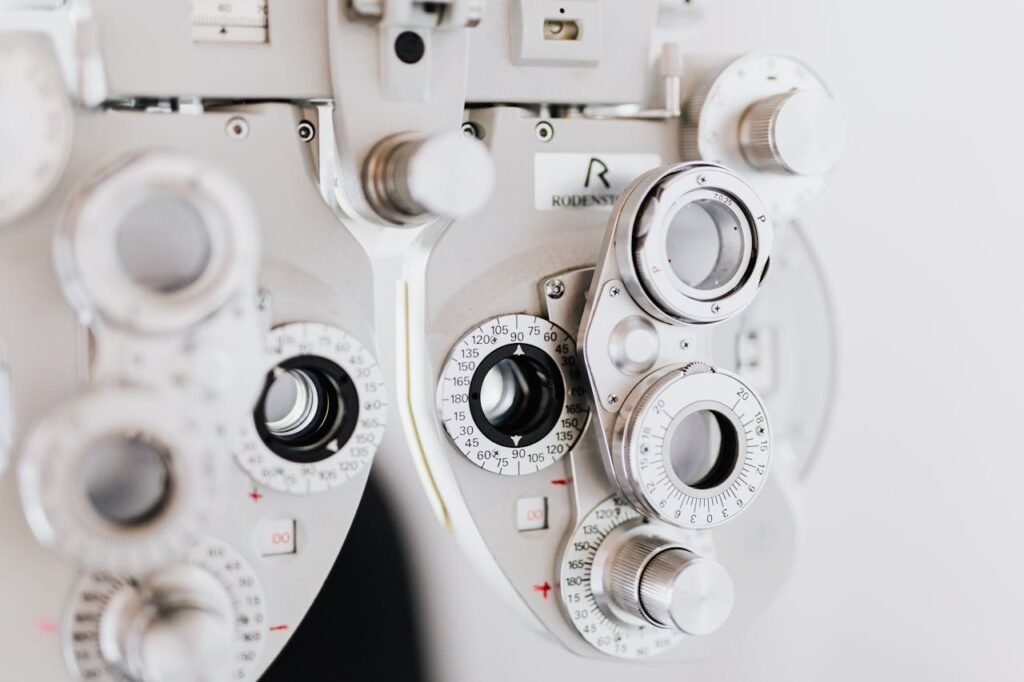Eye Hospital in Telangana: A Growing Hub for Quality Eye Care

Eye Hospital in Telangana, one of India’s youngest states, has made significant progress in the healthcare sector since its formation in 2014. Among the various branches of healthcare, eye care has emerged as a critical area of development. The state has seen a steady rise in the number of eye hospitals that offer both basic and advanced ophthalmological services, reflecting a broader commitment to enhancing public health infrastructure and accessibility.
Expansion of Infrastructure and Accessibility
In urban centers such as Hyderabad, Warangal, Karimnagar, and Nizamabad, modern eye hospitals are equipped with state-of-the-art facilities to diagnose and treat a wide range of eye disorders. From routine eye check-ups to complex surgeries like cataract extraction, glaucoma treatment, and retinal surgeries, these institutions provide comprehensive care. Many hospitals also feature specialized departments for pediatric ophthalmology, cornea services, and oculoplasty.
One of the most encouraging developments in Telangana is the growing focus on extending services beyond urban areas. Several hospitals now operate satellite centers or conduct outreach programs in rural and semi-urban regions. This approach is crucial in a state where a significant portion of the population resides in villages with limited access to specialized care. These initiatives aim to reduce the prevalence of preventable blindness and promote early diagnosis through awareness camps and mobile eye clinics.
Emphasis on Technology and Innovation
Telangana’s eye hospitals have embraced technological advancements to improve diagnostic accuracy and surgical outcomes. Advanced imaging techniques such as Optical Coherence Tomography (OCT), fundus photography, and corneal topography are now routinely used. The adoption of laser-assisted surgeries and minimally invasive procedures has also contributed to faster recovery times and better patient experiences.
Tele-ophthalmology is another area gaining traction in Telangana. Through digital consultations and remote screening tools, eye hospitals are reaching patients in remote areas where specialist services are not readily available. This model has proven particularly effective in managing chronic eye conditions like diabetic retinopathy, which requires regular monitoring and follow-up.
Role in Public Health and Education
Eye hospitals in Telangana also play a vital role in public health education. Campaigns focused on eye donation, hygiene, and awareness about refractive errors and common eye conditions have helped improve general awareness. Schools and community centers often collaborate with hospitals to conduct vision screening programs, ensuring that children with vision problems are identified and treated early.
Furthermore, many of these institutions serve as training centers for aspiring ophthalmologists, nurses, and optometrists. They offer fellowship programs, workshops, and continuing medical education (CME) opportunities to ensure that professionals stay updated with the latest developments in the field.
Conclusion
Eye hospitals in Telangana represent a growing and evolving network dedicated to promoting visual health and preventing blindness. With a combination of modern infrastructure, technological integration, outreach programs, and public education, the state is setting a strong example in the realm of eye care. As the demand for quality ophthalmic services continues to rise, Telangana’s ongoing efforts to strengthen this sector will play a crucial role in achieving the goal of accessible and affordable eye care for all.
